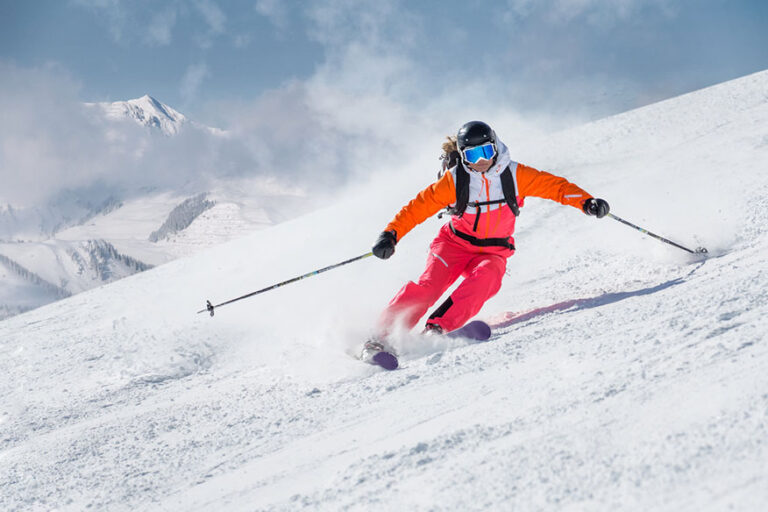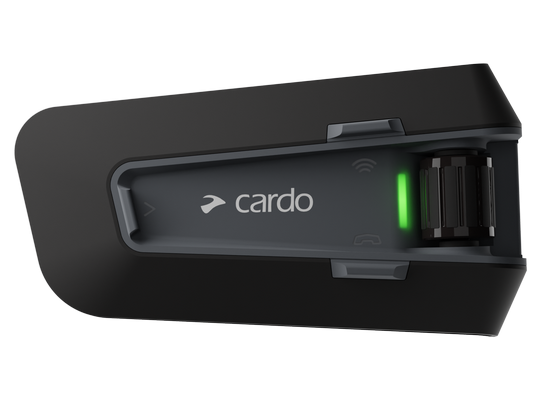We always recommend wearing a ski or snowboard helmet when you’re racing down the side of a mountain. It reduces your risk of injury by around 60 percent when racing towards any number of snowy obstacles. it's important to be cautious as hidden ice patches, rocks and trees could unexpectedly hinder you on the run. But how long can you wear your ski helmet before it needs to be replaced?
The answer depends on how often you ride, but most ski helmet models usually don’t last beyond the five-year mark. The protective materials will naturally degrade over time even if you only hit the slopes a few times a year.
Check the manufacturer date to find out when your helmet was made. If the labels have been removed, you can try searching for the make and model online to see how long it’s been around. But using a helmet that’s more than five years old can put your safety at risk.
If you don’t have a helmet and want to make sure it lasts as long as possible, learn how to choose a ski helmet based on your head size and riding style.
Exceptions to the Rule
Some helmets never make it to five years. Aggressive skiing, wipeouts and severe weather can shorten the lifespan of your equipment. The more action it sees, the faster it will decay.
If you prefer to ski or snowboard in rugged areas with unmarked trails, your helmet is more likely to be involved in unexpected incidents or collisions. The same goes for riding too fast, doing tricks, tackling steep hills and cruising on icy surfaces.
Certain components of your helmet may last longer than others. The interior padding or liner can wear away due to friction and perspiration even if the outer shell is intact. You might be able to squeeze a few more years out of your helmet by replacing the frayed padding.
 Source: mRGB/Shutterstock.com
Source: mRGB/Shutterstock.com
The chinstrap can also break down faster than the rest of the helmet. This component is essential for securing the equipment to your head. Try replacing it if you notice any breaks or rips in the nylon strap to give your helmet a second life.
The design of your helmet can also affect its longevity. Ski and snowboard helmets are either in-molded or injection-molded. The former is lighter and generally cheaper. The latter tend to last longer because the foam is bonded to a separate shell, making it more durable. Don’t be surprised if your in-molded helmet doesn’t make it past a season or two. Springing for the more expensive option will help you get more use out of your equipment.
How to Extend the Life of Your Ski or Snowboard Helmet
The best way to protect your helmet is to avoid getting into an accident. Stick to trails and slopes at your experience level. Avoid riding with poor visibility or after a heavy snowfall to make sure you know where you’re going.
Coordinate with your companions with the Cardo Packtalk Outdoor to avoid running into trouble. Just talk into the device to give each other a heads-up when you spot an obstacle on the horizon.
Store your helmet in a dry, room-temperature location where it won’t fall. Carry it in a secure case so you don’t drop it. You also need to clean it regularly to prevent wear and tear. Your head can excrete oils into the padding. Secure the helmet to your head to avoid putting too much strain on the chin strap.
When to Replace Your Ski or Snowboard Helmet
Don’t wait for five years to go by to buy a new helmet. You should replace your equipment if it appears damaged or has been involved in an accident – even if you’re not injured. Scratches, cracks and dents represent structural damage that can put your head at risk. UV rays from the sun can also cause the exterior to fade, which chips away at the protective coating.
The helmet also needs to fit securely over your head to be effective. It shouldn’t slide around when properly fastened and the shell shouldn’t press too hard against your forehead.
 Source: BearFotos/Shutterstock.com
Source: BearFotos/Shutterstock.com
Your ski and snowboarding helmet may not last the test of time, but protecting your head is essential when out on the slopes. Use the proper safety equipment to enjoy these activities responsibly.
Use the Cardo Packtalk Outdoor to Talk Hands-Free on the Slopes









